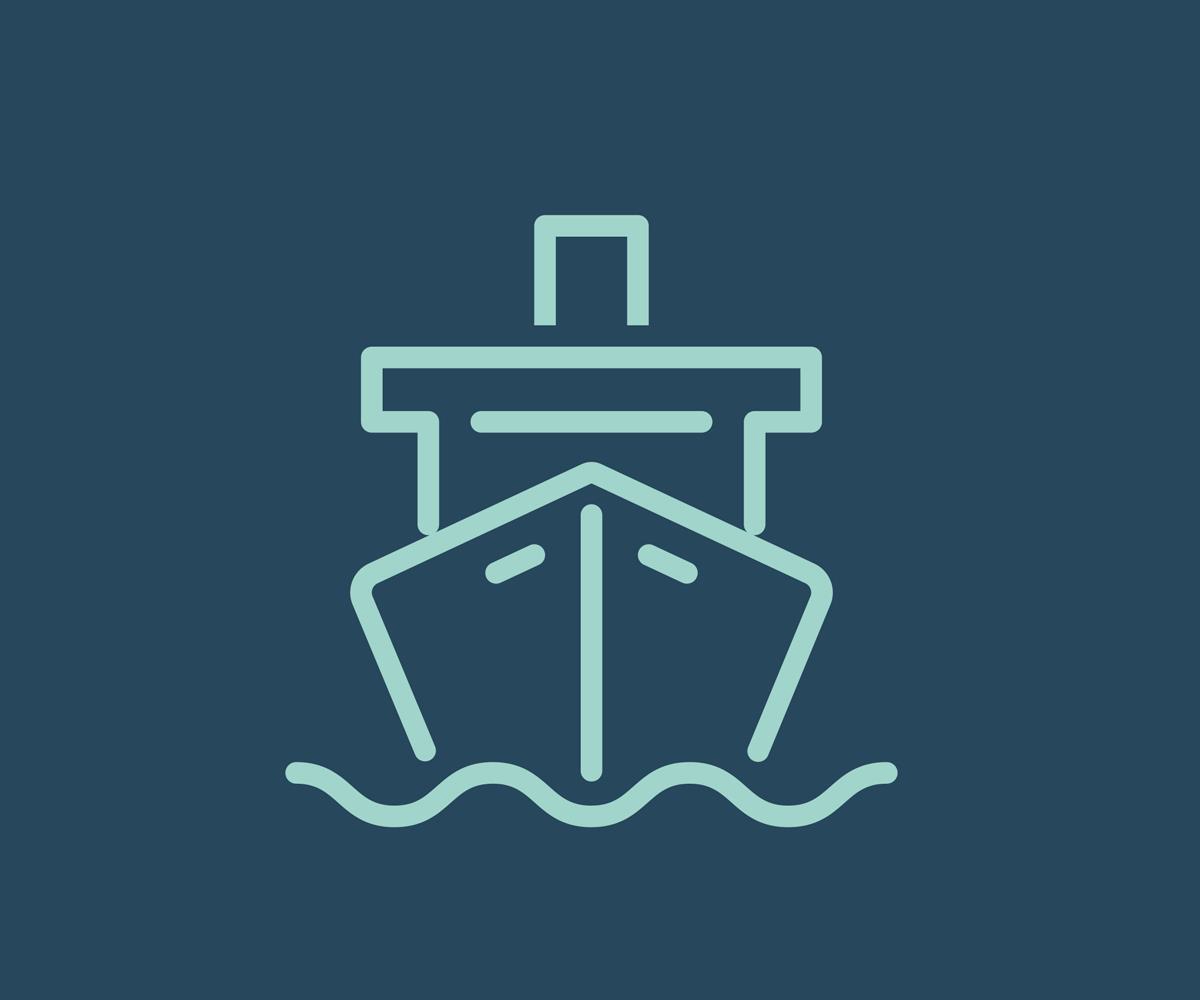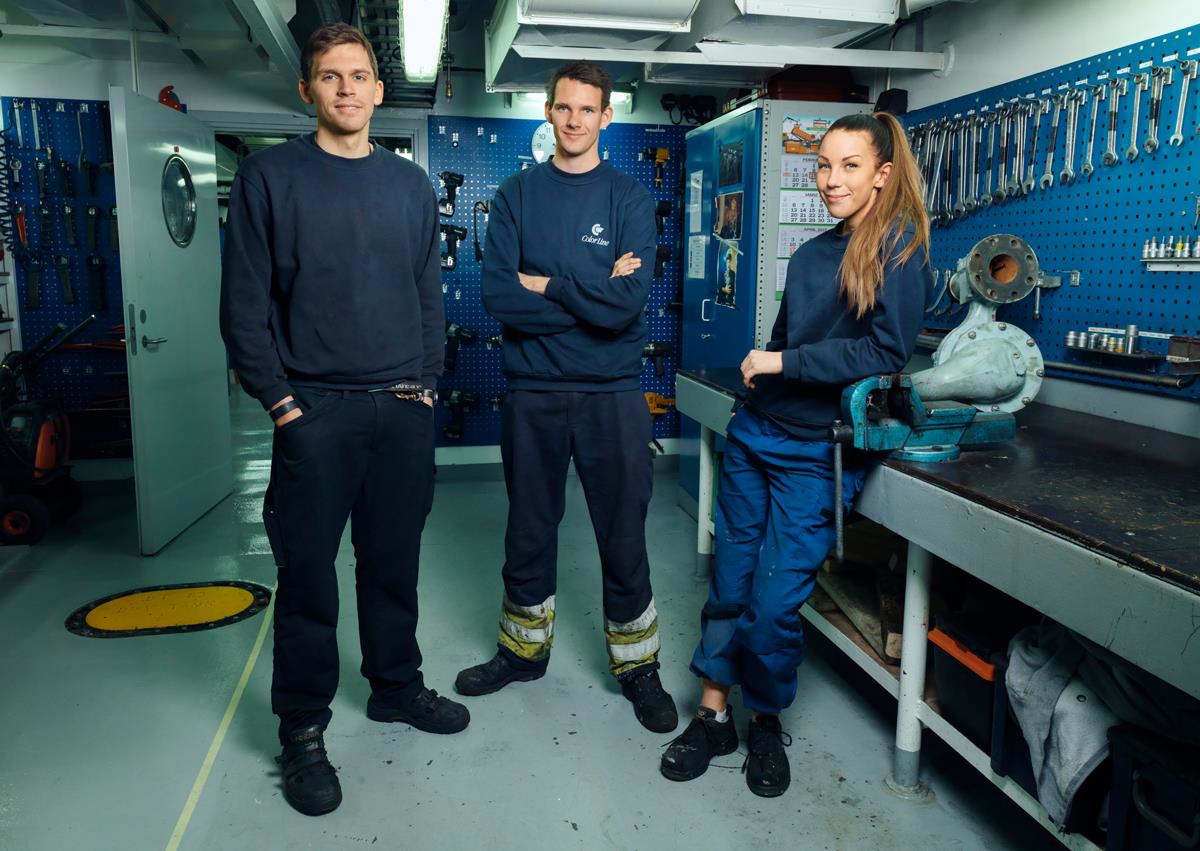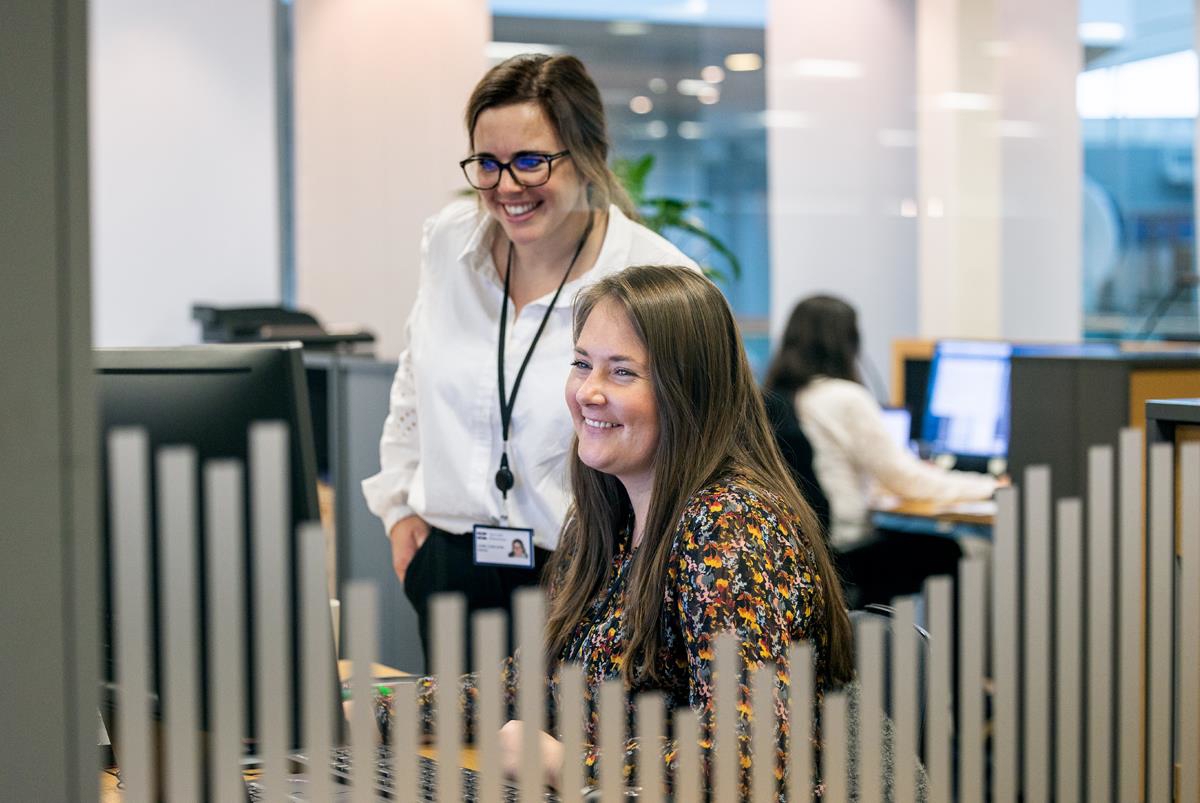2 The Norwegian maritime industry

Norway’s maritime traditions date back a long time and we’ve been a significant shipping nation with a global presence for more than 150 years. The Norwegian maritime industry has developed into what is now one of the world’s most complete maritime communities, comprising enterprises in all parts of the value chain and with strong positions within specialised segments. The Norwegian maritime industry is made up of shipping companies, shipyards, equipment suppliers and specialised service providers. In 2020, the maritime industry saw added value worth around NOK 57 billion and employed some 60,500 people.7
The Norwegian maritime industry’s competitive advantage is based on its ability to adapt when faced with changes in the market and in society. The maritime industry is currently undergoing one of the largest restructuring processes in modern times. At the same time as the market is changing and demanding new types of maritime products and services, maritime transport is to be decarbonised and digitalised. The ability of Norwegian maritime companies to be innovative has contributed to them taking a leading position in new and emerging market segments as well as within technologies relating to green shipping and digitalisation.
The Norwegian business sector and labour market are characterised by high levels of productivity and income when compared with other countries.8 In the maritime industry, Norwegian companies primarily compete within specialised segments and in parts of the value chain with a high level of knowledge, where advanced technology and expertise can offset part of the cost level. However, parts of the sector also use foreign labour with a lower cost level in parts of their production and services, including both in parts of the maritime industry and in shipping. Like the rest of the business sector, it can be expected that competition in the maritime industry in the coming years will be shaped by continuously more rapid technological development and the need for a continued high degree of innovation and expertise.
The industry’s access to expertise
The maritime industry recruits and is reliant upon expertise from a number of specialist fields and different levels of education. Access to a competent workforce is of major importance to the competitiveness of the Norwegian fleet and the maritime industry in general. The lack of expertise is considered one of the biggest barriers to further growth in the industry. The industry itself considers access to digital expertise to be of particular importance in the coming years due to the rapid development and use of new digital technology.9 The maritime industry is also characterized by the mobility of the workforce between different segments and between sea and land. Practical and operational experience from working at sea is considered important for the onshore maritime industry.10 Hence, the transfer of expertise between different segments is important for the industry’s competitiveness.

The maritime industry is dependent on recruiting and keeping skilled workers. Source: Arild Danielsen
In Norway, maritime education programmes are offered at a number of different educational levels. Maritime educational pathways at upper secondary and vocational school level, in addition to selected maritime education programmes at university and university college level, result in professional certificates.
The Norwegian certification system is based on requirements stipulated in international conventions such as the International Convention on Standards of Training, Certification and Watchkeeping for Seafarers (STCW). Several countries offer upper secondary education that combine vocational qualifications and university and college admissions certification, such as vocational competence and qualification for admission to university and college (Norwegian abbreviation YSK) and technical and general subjects (Norwegian abbreviation TAF). YSK and TAF give students the possibility to obtain both a trade certificate and university and college admissions certification within four years. These types of combined study programmes are offered in maritime courses at several upper secondary schools. The county authorities are responsible for upper secondary education.
I addition to skills linked with the running of the actual ship, the maritime industry is in demand of skills linked with other maritime activities, and recruits from a range of disciplines and educational levels. The need for skills in the service based sectors of the industry and the onshore organisations for the shipping companies include technology and engineering, computer science, finance and administration. Skilled workers and engineers are paramount to the equipment and shipbuilding industries. Finally, the industry needs workers with specialised maritime education and training, such as study programmes in shipping, logistics and ship design.
The maritime industry has traditionally been male dominated. The proportion of women in maritime study programmes is somewhat higher than the workforce in the maritime industry, however men make up a significant majority here as well. This means that in the coming years there will continue to be a preponderance of men among the graduates in maritime education programmes. The industry recruits workers from large parts of the world. While the Norwegian maritime industry primarily uses Norwegian labour, almost a quarter of the workforce has a different nationality.

There are a number of different job opportunities in the maritime industry. Source: Torvald Klaveness
Boks 2.1 MARKOM
The MARKOM2020 project was established in 2011 to strengthen cooperation between educational institutions that offer maritime education and training. During the project period from 2011 to 2020, MARKOM2020 resulted in strengthened cooperation between educational institutions, knowledge-sharing and joint curriculum development. The project, financed by the Ministry of Education and Research, was in 2021transferred to the Norwegian Directorate for Higher Education and Skills (HK-dir). The continued initiative has been renamed MARKOM II and will have a particular focus on digitalisation and green shipping.
Boks 2.2 Stiftelsen Norsk Maritim Kompetanse (The Norwegian Maritime Competence Foundation)
Shipping companies that are part of the subsidy scheme for employing seafarers pay a monthly amount per employee eligible for subsidy to Stiftelsen Norsk Maritim Kompetanse (Norwegian Maritime Competence Foundation). The foundation administers the funds that are contributed. The purpose is to promote skills development and recruitment initiatives for Norwegian seafarers. The funds are used to finance training positions, to promote recruitment to the industry and for other projects in line with the foundation’s objectives.
Legislation
Working conditions in the onshore maritime industry are regulated by the Norwegian Working Environment Act and associated regulations. However, the Working Environment Act does not apply to «shipping, hunting and fishing». Working conditions at sea are regulated by the Ship Labour Act and the Ship Safety and Security Act with regulations. Nevertheless, both the general employment legislation and maritime legislation share the same primary features. The latter entails specific conditions that apply when working on board ships and reflect special requirements stipulated by international rules.
In many instances, working on board ships can be described as a «24-hour society», where employees have both their work and free time in the same place for extended periods of time. Against this backdrop, employees under the Ship Labour Act enjoy certain rights that are not found in the Working Environment Act. However, the opposite is also true. For example, the Ship Labour Act does not grant the right to leave of absence for breastfeeding, however employees have other rights, such as the right to full pay for up to 12 months in the event of incapacity for work caused by illness or injury.
Discrimination is prohibited in the labour market. The prohibition against discrimination based on gender, pregnancy, leave in connection with childbirth and adoption, care duties, ethnicity, religion, belief system, disability, sexual orientation, gender identity or gender expression is regulated in the Equality and Anti-Discrimination Act. Pursuant to Chapter 4 of the Equality and Anti-Discrimination Act, all employers have an obligation to make active, targeted, and systematic efforts to promote equality and prevent discrimination in the workplace. This is known as the activity- and reporting obligation.
International regulations
The maritime industry is a global industry. Based on the Convention on the Law of the Sea, the framework is primarily defined internationally through government organisations such as the International Maritime Organization (IMO) and the International Labour Organization (ILO).
IMO
The International Maritime Organization (IMO) develops global regulations for shipping. The organisation’s primary objective is to promote safe, efficient, eco-friendly, and sustainable shipping. Norway has been an active participant in IMO bodies since its establishment. Participating in areas where decisions are made will allow Norway to help lay the foundation for new and improved international regulations.
An important convention adopted by the IMO is the International Convention on Standards of Training, Certification and Watchkeeping for Seafarers (STCW). The Convention sets out qualification requirements for masters, officers, and other watch personnel on seagoing merchant vessels, and forms the basis for Norwegian maritime education programmes that result in the awarding of certificates. At Meeting No. 105 (April 2022) of the IMO Maritime Safety Committee (MSC), the MSC instructed the «Human Element, Training and Watchkeeping» subcommittee to prepare and finalise draft amendments to the training requirements in the STCW Convention targeting harassment and bullying, including sexual harassment as a priority.
ILO
The International Labour Organization (ILO) develops, monitors, and enforces international labour standards through conventions and recommendations. The organisation’s primary objective is to ensure decent work for all, including productive work that ensures social protection, dialogue between the parties in the labour market and workplace rights. Norway is a permanent member of the ILO’s governing bodies. ILO Member States are divided into different regional groups. Norway is a member of the group of industrialized market economy countries (IMEC) and can promote its interests through this group. Norway also has good cooperation with the other Nordic countries and with the EU, and often supports EU positions. The ILO has adopted 190 conventions and 206 recommendations. Norway has ratified 111 conventions, 74 of which have entered into force. The ILO’s 187 Member States are expected to submit annual reports on both ratified and non-ratified conventions.
The ILO plays a key role as regards working and living conditions for employees on board ships. Through the ILO, Norway actively contributes to developing good working conditions on board ships in the form of international social standards for shipping. ILO Convention No. 186 on the working and living conditions of seafarers (Maritime Labour Convention (MLC)) covers all essential aspects of working and living conditions on board ships. This includes the minimum age, health requirements, recruitment and work placements, employment contracts, payment of salaries, working hours and rest time, the shipping company’s responsibility in the event of illness and injury, cabins and leisure areas on board, work environment requirements and protection against occupational accidents. In Norway, the MLC has been implemented in the Ship Labour Act and the Ship Safety and Security Act, and the Norwegian Maritime Authority supervises compliance. The MLC is also included in the basis for port state inspection. ILO Convention No. 188 is intended to protect the working and living conditions of all fishers working on board fishing vessels. The Convention has been implemented into Norwegian law, and the Norwegian Maritime Authority overlooks the compliance.